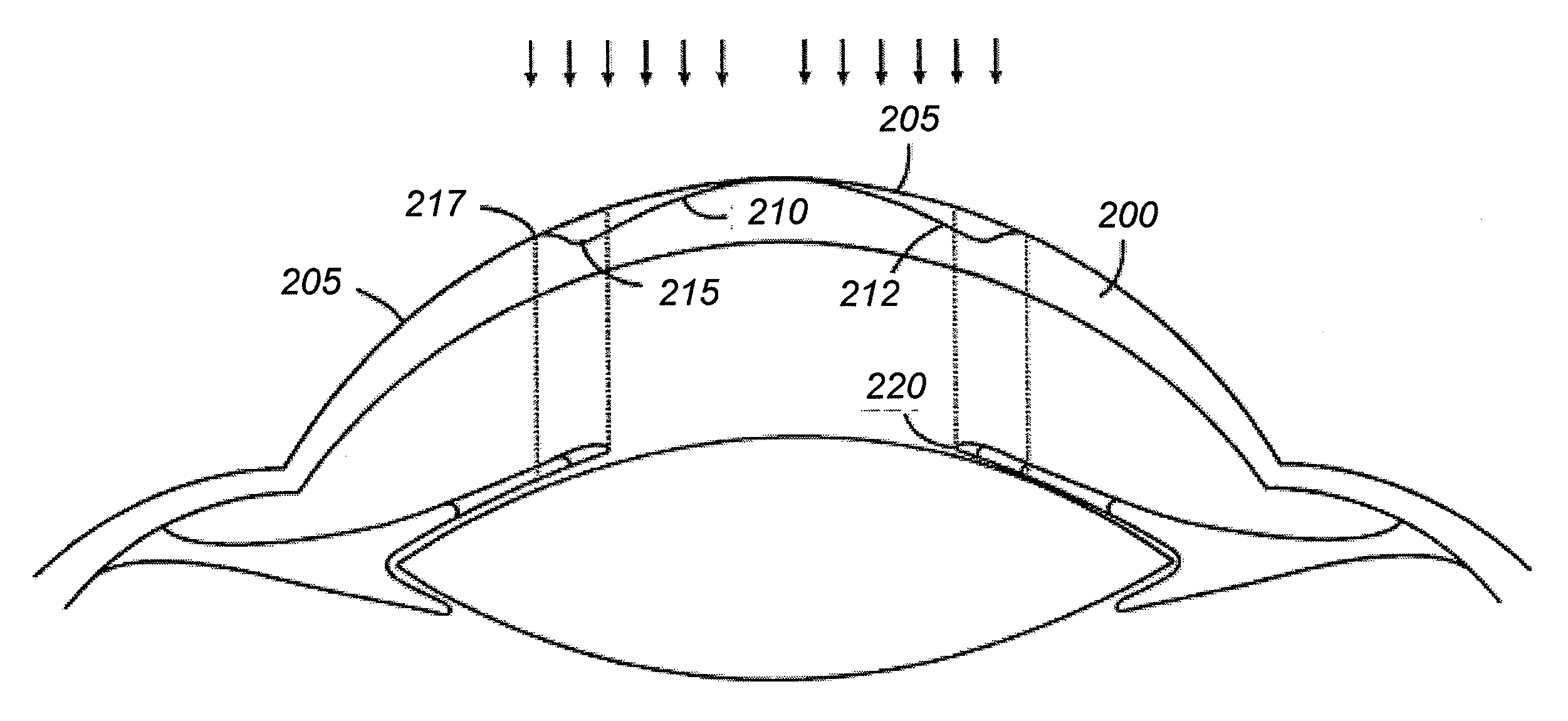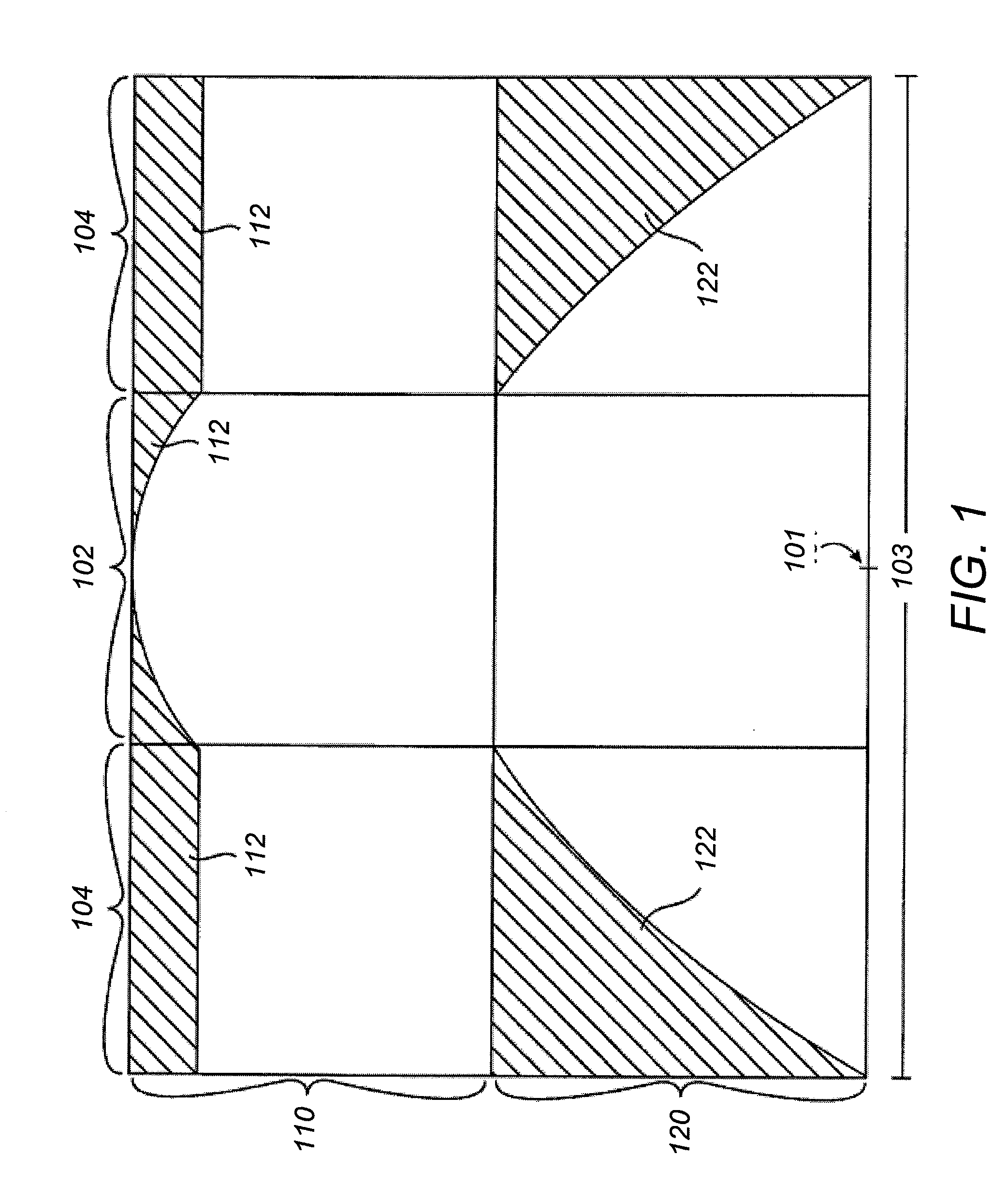Presbyopia correction using patient data
a technology of patient data and presbyopia, applied in the field of optical correction, can solve the problems of not being able to clearly see objects, unable to focus on objects at near distances, and crystalline lenses that have lost almost all elastic properties, etc., to and improve the patient's ability to view.
- Summary
- Abstract
- Description
- Claims
- Application Information
AI Technical Summary
Benefits of technology
Problems solved by technology
Method used
Image
Examples
Embodiment Construction
[0083]While methods and systems of the present invention are described primarily in the context of improving laser eye surgery methods and systems, various embodiments may also be adapted for use in alternative eye treatment procedures and systems such as femtosecond lasers and laser treatment, infrared lasers and laser treatments, radial keratotomy (RK), scleral bands, follow up diagnostic procedures, and the like. In other embodiments, techniques and systems of the present invention may be adapted for use in other eye treatment procedures and systems, such as contact lenses, intra-ocular lenses, radial keratotomy, collagenous corneal tissue thermal remodeling, removable corneal lens structures, glass spectacles and the like.
[0084]Binocular Optical Treatment for Presbyopia
[0085]The present invention is particularly useful for enhancing laser eye surgical procedures such as photorefractive keratectomy (PRK), phototherapeutic keratectomy (PTK), laser in situ keratomileusis (LASIK), a...
PUM
 Login to View More
Login to View More Abstract
Description
Claims
Application Information
 Login to View More
Login to View More - R&D
- Intellectual Property
- Life Sciences
- Materials
- Tech Scout
- Unparalleled Data Quality
- Higher Quality Content
- 60% Fewer Hallucinations
Browse by: Latest US Patents, China's latest patents, Technical Efficacy Thesaurus, Application Domain, Technology Topic, Popular Technical Reports.
© 2025 PatSnap. All rights reserved.Legal|Privacy policy|Modern Slavery Act Transparency Statement|Sitemap|About US| Contact US: help@patsnap.com



